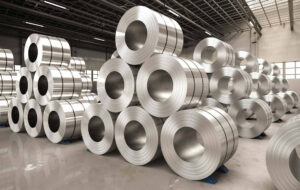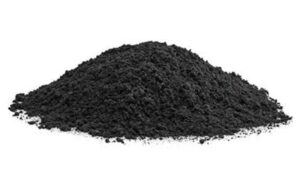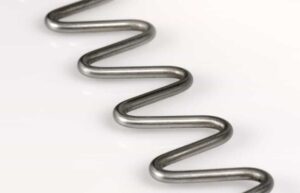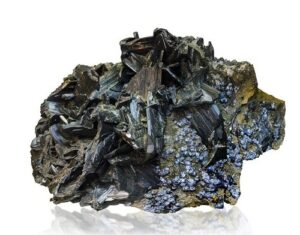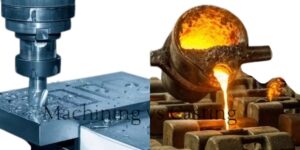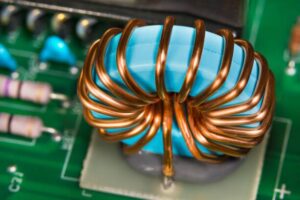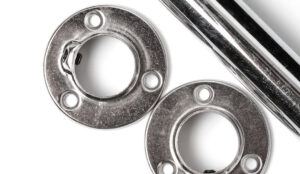
Alodine vs Anodize: What’s the Difference?
Alodine and Anodize are two popular treatments for aluminum surfaces. Both improve corrosion resistance but use different methods. Anodizing is an electrochemical process that builds a thick, rigid, and non-conductive oxide layer on the metal. Alodine is a chemical process that forms a thinner, conductive layer. It offers good protection but keeps the metal’s electrical conductivity.





